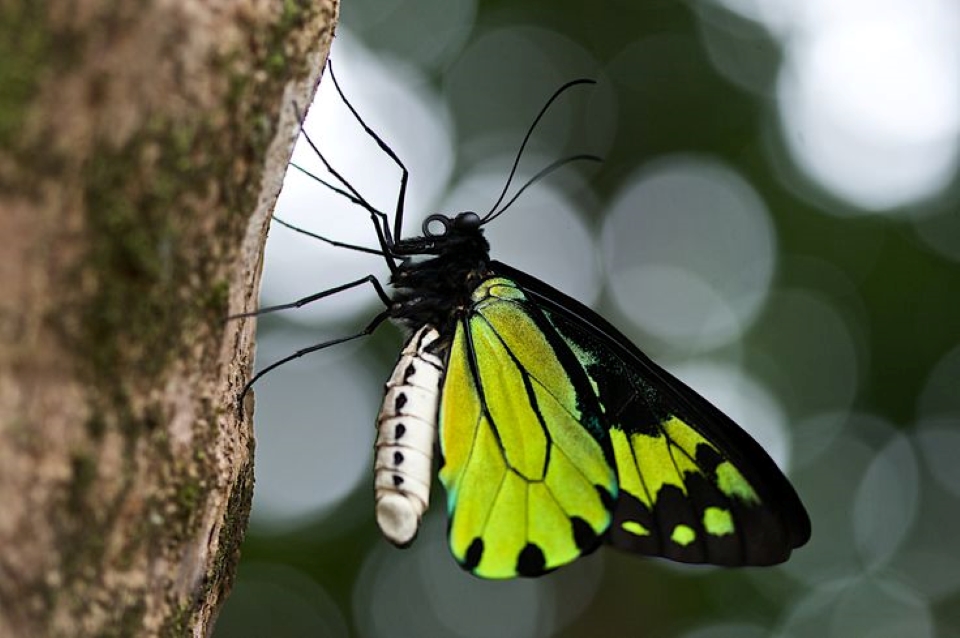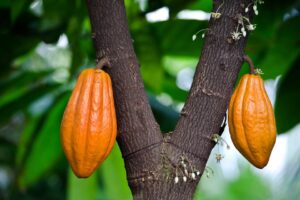BY JOHN HOUANIHAU
RENOWNED local agricultural entomologist, Dr. Maclean Vaqalo, sheds light on the various factors contributing to the decline in local butterfly populations, jeopardizing a potential million-dollar revenue stream for the Solomon Islands.
An entomologist at the Secretariat of the Pacific Community, Fiji, Dr. Maclean Vaqalo, who holds a Ph.D. in Agricultural Entomology, distinguished biotic and abiotic factors as the main culprits.
“Biotic factors, stemming from living organisms, include human activities such as relentless harvesting of butterflies from the wild without consideration for conservation. Additionally, bio-agents such as parasites, parasitoids, and predators that rely on butterflies for sustenance or reproduction further contribute to their decline,” he said.
Dr. Vaqalo noted that the behavior of butterfly larvae, particularly Birdwing butterfly larvae, also plays a role in reducing their population.
“These larvae indiscriminately chew on food vines, destroying both plants and other larvae. However, with a little assistance from farmers, the multiplication of these vines in controlled garden environments could potentially help boost Birdwing populations.
“Abiotic causes, on the other hand, are attributed to climate change, logging practices that destroy host plants, and other environmental factors,” he said.
Dr. Vaqalo highlighted several areas in which farmers can benefit from butterfly ranching or farming, including tourist destinations, attractive sites for the general public, and the sale of dried specimens overseas.
He saw potential in developing a sustainable million-dollar trade by selling pupae to butterfly houses abroad, such as those in the USA, Dubai, Australia, New Zealand, and Europe.
To ensure the conservation and management of butterfly populations, Dr. Vaqalo proposed the creation of a conservation policy within the Environment Act. This policy would require that only registered farmers or ranchers be permitted to harvest and export Birdwing butterfly products.
Meanwhile, the Deputy Director of Conservation at the Ministry of Environment, Climate Change, and Disaster Management (MECCDM), Josef Hurutarau revealed that efforts are underway to lift the ban on butterfly importation.
“The Conservation Division within the MECCDM is preparing a report to be submitted to the CITES (Convention on International Trade in Endangered Species of Wild Fauna and Flora) Scientific Committee and management, aiming to facilitate the ban’s removal,” Mr. Hurutarau said.
He explained that the Solomon Islands were heavily involved in butterfly trading until 2005 and 2006 when CITES implemented the ban on species such as Ornithoptera victoriae and Ornithoptera urvillianus, both endemic to the Solomon Islands. The report being prepared is the result of a survey conducted in 2021, which involved inspections and data collection at various butterfly farming sites across the country, aligning with CITES requirements.
Highlighting the financial support provided by butterfly trading to individuals and villages involved in the initiative, Hurutarau emphasized the country’s commitment to the CITES convention. He cited the Wildlife Protection and Management Act of 1998, along with amendments made in 2017, as the regulatory framework governing wildlife trade in the Solomon Islands.
“The aim is to ensure that while trading takes place, it does not pose a threat to the survival of these species in the wild, aligning with the division’s conservation goals,” Josef Hurutarau said.




